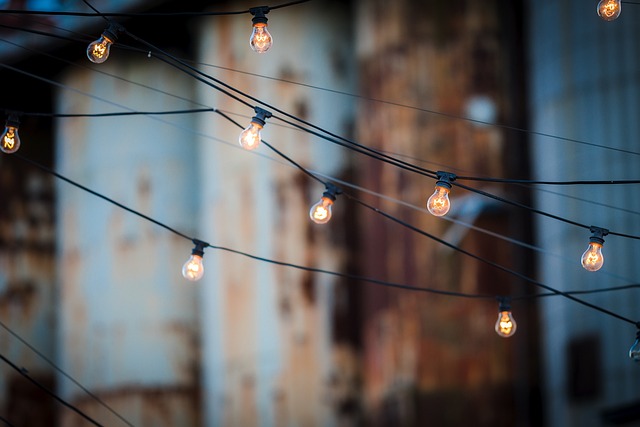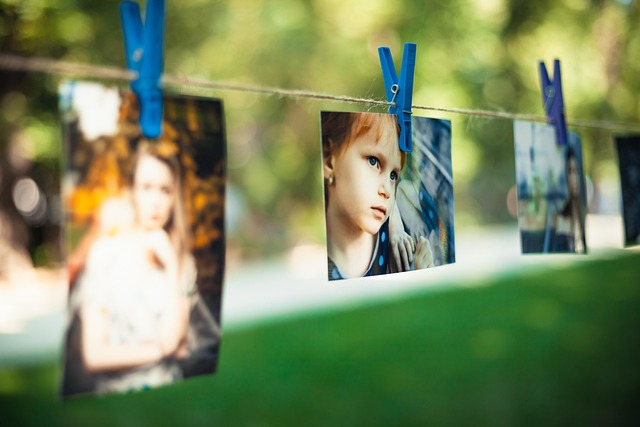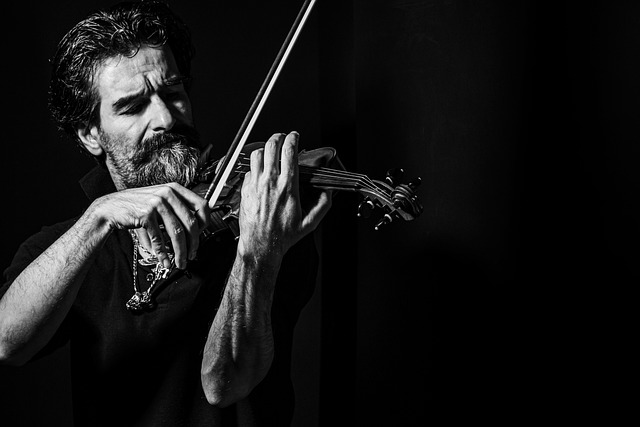In the world of photography, illumination serves as more than just a means of lighting a subject; it transforms the narrative, emotion, and overall impact of an image. The interplay between illumination and art, particularly in the context of fine arts and culture, creates a deep connection that resonates with both the artist and the viewer. As we delve deeper into this captivating intersection, we uncover how light and shadow bring life to fine arts and cast unique reflections on cultural narratives.
Fine arts have always relied on the manipulation of light to evoke emotion and convey meaning. From the dramatic chiaroscuro effects of Caravaggio to the ethereal brightness of Monet’s Impressionist works, artists have historically played with illumination to guide the viewer’s eye and influence their emotional response. This timeless emphasis on light can be mirrored within the realm of photography, where high dynamic range and intentional use of shadows play critical roles in composing powerful images.
Photography, particularly when combined with elements of fine arts, allows for a reexamination of cultural stories through illuminated lenses. When photographers embrace illumination creatively, they not only showcase their subjects but also highlight cultural nuances. Think of the striking images captured during culturally rich festivities, where vibrant colors come alive under the glow of festive lights, emphasizing the joy and communal spirit of the occasion. The photographs serve as a portal, inviting viewers to experience the essence of those moments through a lens filtered by light.
In essence, illumination acts as a bridge that connects fine arts and cultural expression. An artist can paint a scene that reflects their cultural heritage, and a photographer can capture that same essence, translating brushstrokes into snapshots. This convergence is particularly powerful because it invites audiences to engage with both the art and the culture represented, facilitating a greater understanding and appreciation for diverse traditions.
Moreover, the technological evolution in photography has provided new ways to explore the dynamics of illumination. With tools ranging from advanced lighting equipment to digital editing software, photographers can experiment with light in ways previously unimaginable. This innovation encourages a departure from traditional practices, allowing contemporary artists to create hybrid works that blend photography with other art forms, enhancing both their visual storytelling and cultural commentary.
As we explore the intricate relationship between illumination, fine arts, and culture, it becomes clear that the impact of light extends beyond mere aesthetics. It shapes narratives, evokes emotions, and fosters connections between different cultural expressions. In capturing the dance of light and shadow, photographers serve as modern-day storytellers, illuminating the paths of cultural heritage and inviting the world to experience the beauty and depth of human expression.




